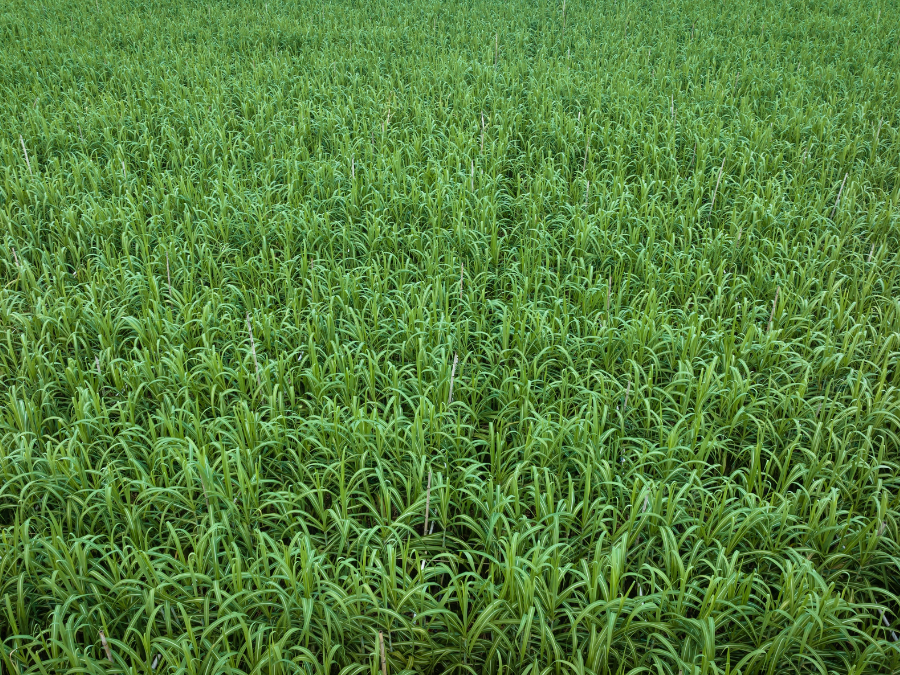
Global food costs retreated for a fourth straight month in October, with sugar supply from Brazil helping temper rising prices in the commodity.
The Food Price Index, compiled by the Food and Agriculture Organization of the United Nations (FAO), which tracks five food commodities, dropped 10.9% from a year earlier last month. It was almost unchanged from September, with a dip of just 0.5%.
According to the FAO’s historical data, the index’s October reading of 120.6 – like those registered in September and August – was the lowest since March 2021 (119.2). It has now backtracked almost 25% from the all-time high reached in March last year.
While dairy was the only one of the five index components to rise in October month-on-month – halting a nine-month run of declines due to the cost of milk – sugar prices were aided by output in Brazil.
The FAO’s sugar sub-gauge dropped 2.2% in October from a month earlier to 159.2. Despite the monthly decline, the cost of sugar was 46.6% higher last month than it was in October last year.
In September, the sugar index reached 162.7, the highest level since September 2011 (165.3). October’s reading of 159.2 was still at that same historical high, the FAO’s data shows.

US Tariffs are shifting - will you react or anticipate?
Don’t let policy changes catch you off guard. Stay proactive with real-time data and expert analysis.
By GlobalData“The decline in October was mainly driven by a strong pace of [sugar] production in Brazil, despite the negative impact of rains on sugarcane crushing in the first half of October,” the FAO explained.
“However, persistent concerns over a tighter global supply outlook in the recently started 2023/24 season, together with shipment delays from Brazil due to logistical constraints, capped the declines of world sugar prices.”
For dairy, prices rose 2.2% from September but pulled back by 20.1% from levels in October last year.
“World milk powder prices increased the most, principally driven by surges in import demand for both near- and longer-term supplies, especially from north-east Asia,” the agency said.
“Tight milk supplies in western Europe and some uncertainty over the impact of the El Niño weather conditions on the upcoming milk production in Oceania added further upward pressure on prices.”
Meat costs fell slightly month-on-month, down 0.6% but declined 3.4% from a year earlier, helped by a drop in international quotations for pork.
A third monthly decline in pork was “principally driven by the persistently sluggish import demand, especially from some east Asian countries, with further downward pressure stemming from high exportable availabilities in some leading suppliers”, the FAO said.
Prices for poultry, however, “rebounded slightly” in October, with the agency making reference to bird flu, which has particularly impacted producers such as RCL Foods and Astral Foods in South Africa.
It said the “avian influenza outbreaks continued to constrain supplies from several world leading suppliers amid robust consumer demand due to the relative affordability of poultry meat”.
Elsewhere, the cereal prices gauge fell 1% month-on-month as rice dropped 2% and wheat decreased 2%. It was down 17.9% from October 2022.
Vegetable oils declined 0.7% from September and 20.7% from a year earlier.



